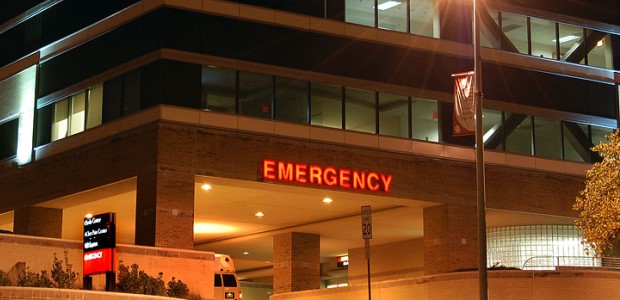
OSHA Makes Big Change in Injury Reporting
After OMB cleared the agency's final rule, OSHA chief Dr. David Michaels and Labor Secretary Thomas Perez have announced its publication is imminent, and it will take effect Jan. 1, 2015.
Acting a few days after OMB cleared it for publication, OSHA chief Dr. David Michaels and Labor Secretary Thomas Perez announced that the final rule changing when employers must notify OSHA when an employee is killed on the job or suffers a work-related hospitalization, amputation, or loss of an eye is about to be published in the Federal Register. DOL's announcement said the rule also updates the list of employers partially exempt from OSHA injury and illness recordkeeping requirements and will go into effect on Jan. 1, 2015, for workplaces under federal OSHA jurisdiction.
The announcement follows preliminary results from the Bureau of Labor Statistics' 2013 National Census of Fatal Occupational Injuries. "Today, the Bureau of Labor Statistics reported that 4,405 workers were killed on the job in 2013. We can and must do more to keep America's workers safe and healthy," said Secretary of Labor Thomas Perez. "Workplace injuries and fatalities are absolutely preventable, and these new requirements will help OSHA focus its resources and hold employers accountable for preventing them."
The rule will require employers to notify OSHA of work-related fatalities within eight hours and work-related in-patient hospitalizations, amputations, or an employee's loss of an eye within 24 hours. OSHA's current regulations require an employer to report work-related fatalities and in-patient hospitalizations of three or more employees, so a single hospitalization, amputation, or loss of an eye does not have to be reported under current regulations.
All employers covered by the Occupational Safety and Health Act, even those who are exempt from maintaining injury and illness records, are required to comply with OSHA's new severe injury and illness reporting requirements. To assist employers in fulfilling these requirements, OSHA is developing a Web portal for employers to report incidents electronically, in addition to the phone reporting options. "Hospitalizations and amputations are sentinel events, indicating that serious hazards are likely to be present at a workplace and that an intervention is warranted to protect the other workers at the establishment," said Michaels.
OSHA's leader gave additional comments about the rule during a Sept. 11 news conference. He said OSHA will not commence an inspection based on every report, but it will "interact" with the employers that do report. Calling this a "behavioral economics approach," he said the expectation is that this interaction will prompt the employers to be more attentive to hazards and to take actions to prevent additional incidents. He also said OSHA hopes state-plan states will implement the same reporting requirements at the same time, Jan. 1, 2015.
Michaels said the reporting changes are long overdue. They have "an important, and indeed lifesaving purpose" because OSHA will be getting notifications when workers are seriously injured and can help to prevent other workers at those employers from being injured, he added.
He said he expects OSHA will receive approximately 25,000 reports next year alone as a result of this rule. "That's just a guess, we don't know," he said. Reporters asked Michaels whether OSHA will post these reports online; while he did not say whether or not online publication is spelled out in the rule, he said OSHA is a public agency that does put reports of work-related fatalities online.